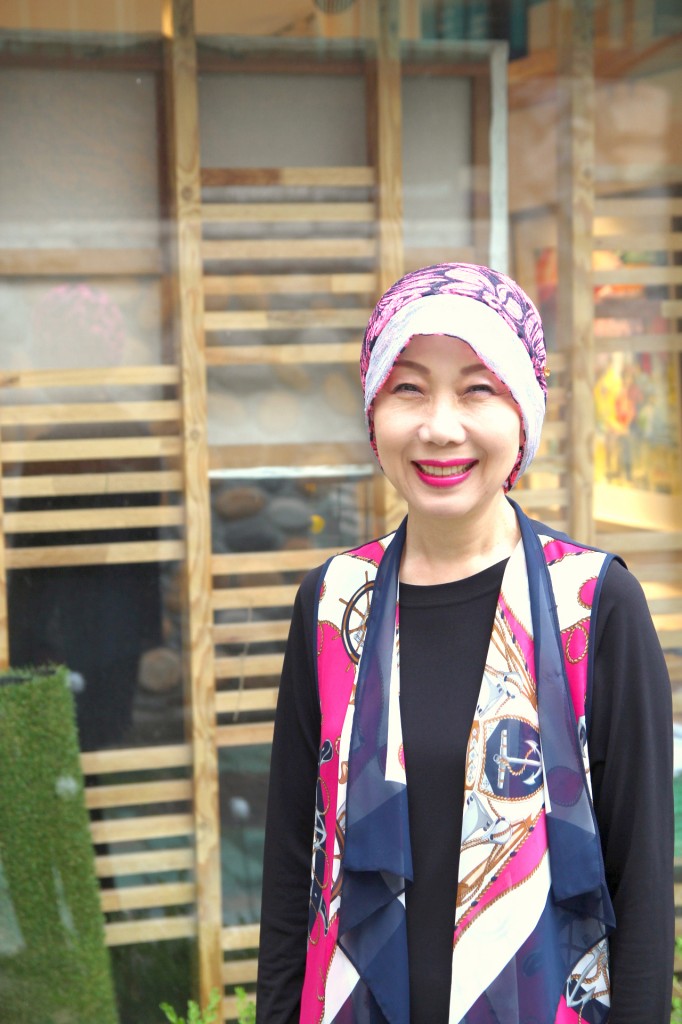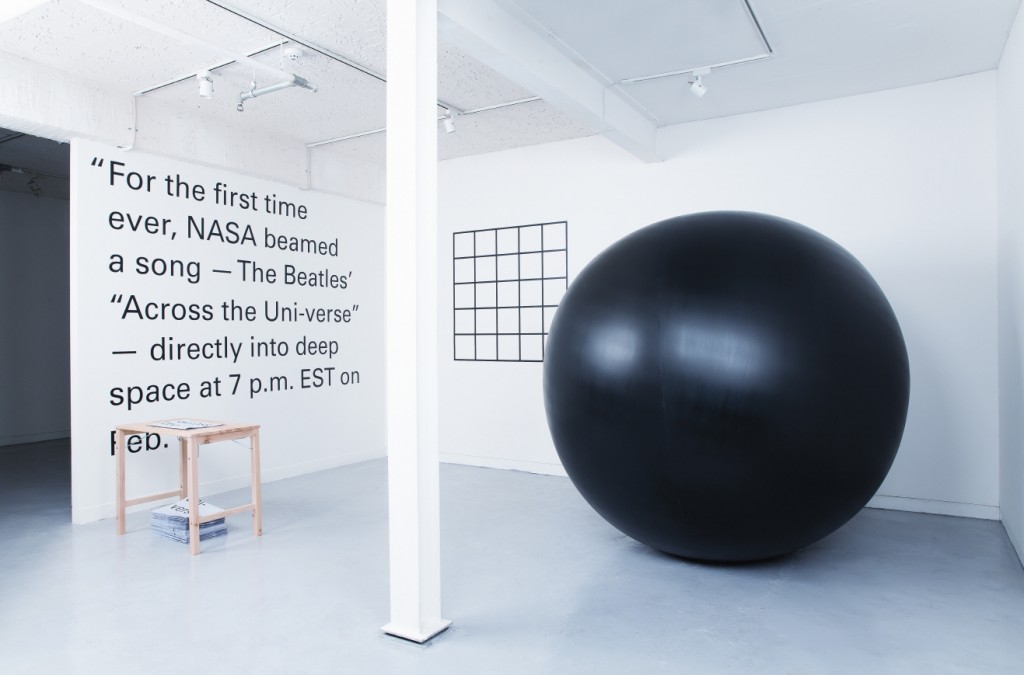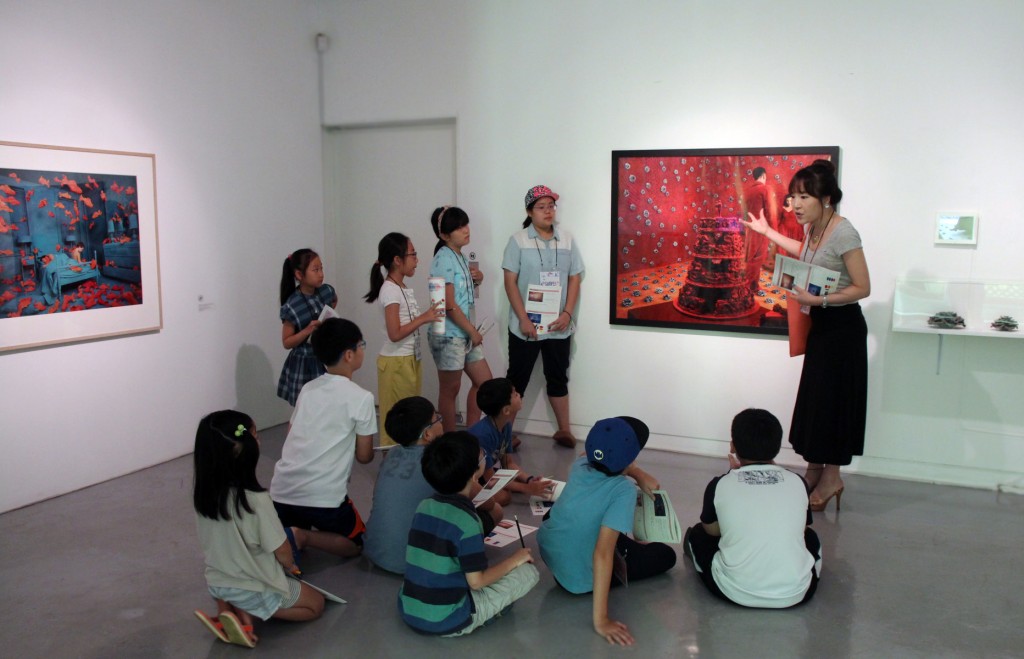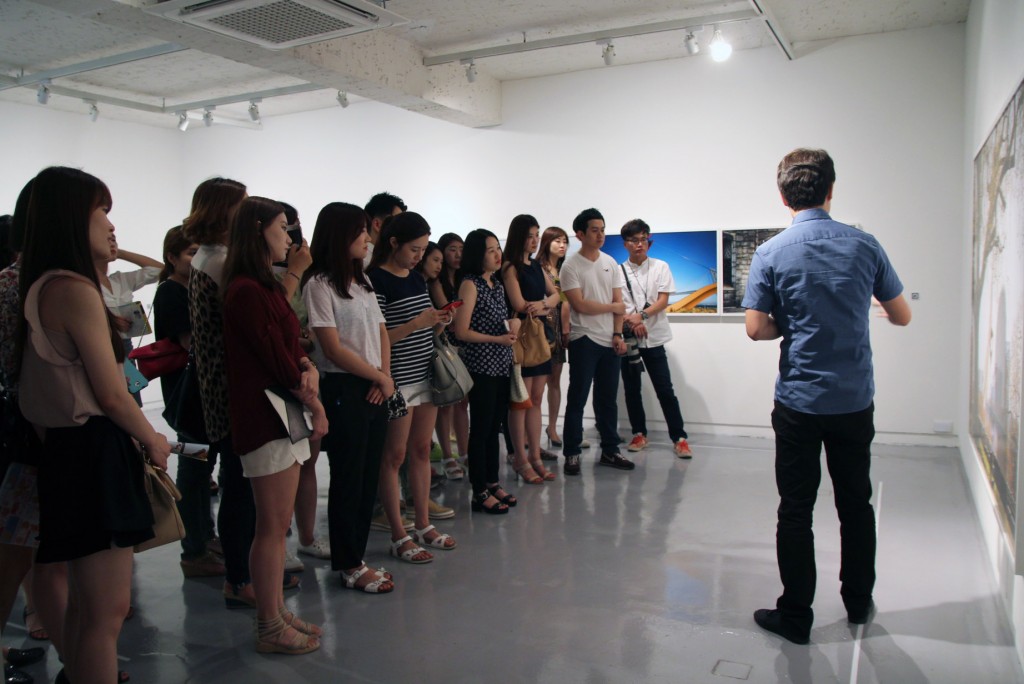Savina Lee is one of the many Korean private art museum founders who lead the game in terms of the country’s art scene. Today, Korea possesses the largest number of private art museums in Asia behind China, demonstrating its willingness and responsibility to promote art to a wider audience. It was a passion felt by Ms Savina Lee when she founded the Savina Lee Museum of Contemporary Art in 1996. Ms Lee is also the President of the non-profit organisation Korean Art Museum Association. Since its inception in 2005, the association is committed to developing and contributing to arts and culture in Korea and beyond, including help nurture more than 120 private art museum members through a wide variety of resources, programmes and projects. The art collector has written and contributed to more than 30 publications on art and received “The Book Field Award of the Korean Science and Cultural Award” in 2006.
Larry’s List caught up with the founder to discuss how the association is helpful to the Korean art scene, and the development of Korea’s private museum landscape.

The Korean Art Museum Association
What activities does the association organise?
We annually organise art festivals, publicize online magazine to share interviews with museum founders, directors and other art professionals. We also arrange various museum business conferences for the members to network with each other. These activities are organised by the members of the association, along with the board of directors. Among the 30 private museums in Seoul and the 90 in the rest of the country, we also coordinate the exchange of artworks and exhibitions between the private museums within the association to activate the art scene.
Do you also exchange with other international private art museums or art museum associations?
The museums within the association are individually involved in the exchange of artworks with international museums. On the other hand, we have not done any exchanges as an association, but we would love to do so if we have the chance.
What criteria should a private museum meet in order to be a member of your association?
A private museum first needs to apply to the government and go through a legal registration process in order to receive a museum registration certificate. The museum must also be an active participant in the association’s activities as well as having a public friendly access to its proposed projects and programmes. This will increase the establishment’s chances to being a regular member in our association.
How do you differentiate private museums founded by individuals vs. those founded by corporations?
I think the concept of corporate museums in Korea is different compared to other countries. The history of Korean private museums is very short. It lasted for only 30years. Private museums in Korea are broadly divided into artist-run museums and individual museums established by private capital, whereas the corporate ones are run as foundations.
Why are there so many private museums in Korea?
Korea has a limited number of public museums. Approximately 75% of Korean museums are private museums. We have one national museum and dozens of municipal museums organised by local government. This means that the rest are private museums. I think Korean collectors felt the responsibility to promote art and share art with the public, which is how I felt.
How many private museums in Korea focus primarily on contemporary art?
I would say about 80%.



Savina Museum of Contemporary Art
What was your motivation to open a private museum?
I believed I had the ability to recognise good artists and I wanted to share my talent with the public. It is a good way of getting in touch with both artists and the public. Also, there was an obvious limitation in storing all the collected artworks in my home, so I needed a place to display them as well to let myself and other people enjoy the art.
What kind of exhibitions do you display? How many times per year?
We display four exhibitions per year, including two solo exhibitions and two special exhibitions.
What business model do you use to sustain your museum?
It is broadly divided into three parts. First, we apply for public fund as well as culture and art promotion funds from the government. We also collaborate with other organisations and infrequently get a corporate sponsorship. Second, we gain profit from our operation fee, entrance fee and education programmes. Lastly, I supplement the rest of the required operating expenses. I sustain the museum using the profit generated from lectures and royalties of books I publish.
But it is usually very competitive to get these funds or to even collaborate with companies, and the profit from the museum is very limited. So we are facing difficulties.
What does your private museum offer in addition to exhibitions?
We conduct lectures to teach young artists on how to make a portfolio and we either cooperate with schools or hold presentations to organised school programmes. We also outreach to other public organisations for conferences and brunch programmes for workers.
Under what conditions can a private art museum be recognised in Korea?
The museum needs to have an art collection of more than 100 artworks, possess more than two curators, a lecture room for education purposes, an archive centre and it should be open for more than 90 days per year. If the above conditions are met, the museum can apply to the government and get permission.
Do you see the Korean art market going in any particular direction?
Regardless of the high level of Korean artists, the Korean art market is greatly influenced by the West. Art works, which are popular in the global market, become easily popular in Korea. Also, the Korean market tends to change quickly every 3 to 4 years, just like how I witnessed the movement of the market from pop art to Korean minimalism and monochromatic paintings in recent years.
Claire Bouchara & Kaisha Woo





